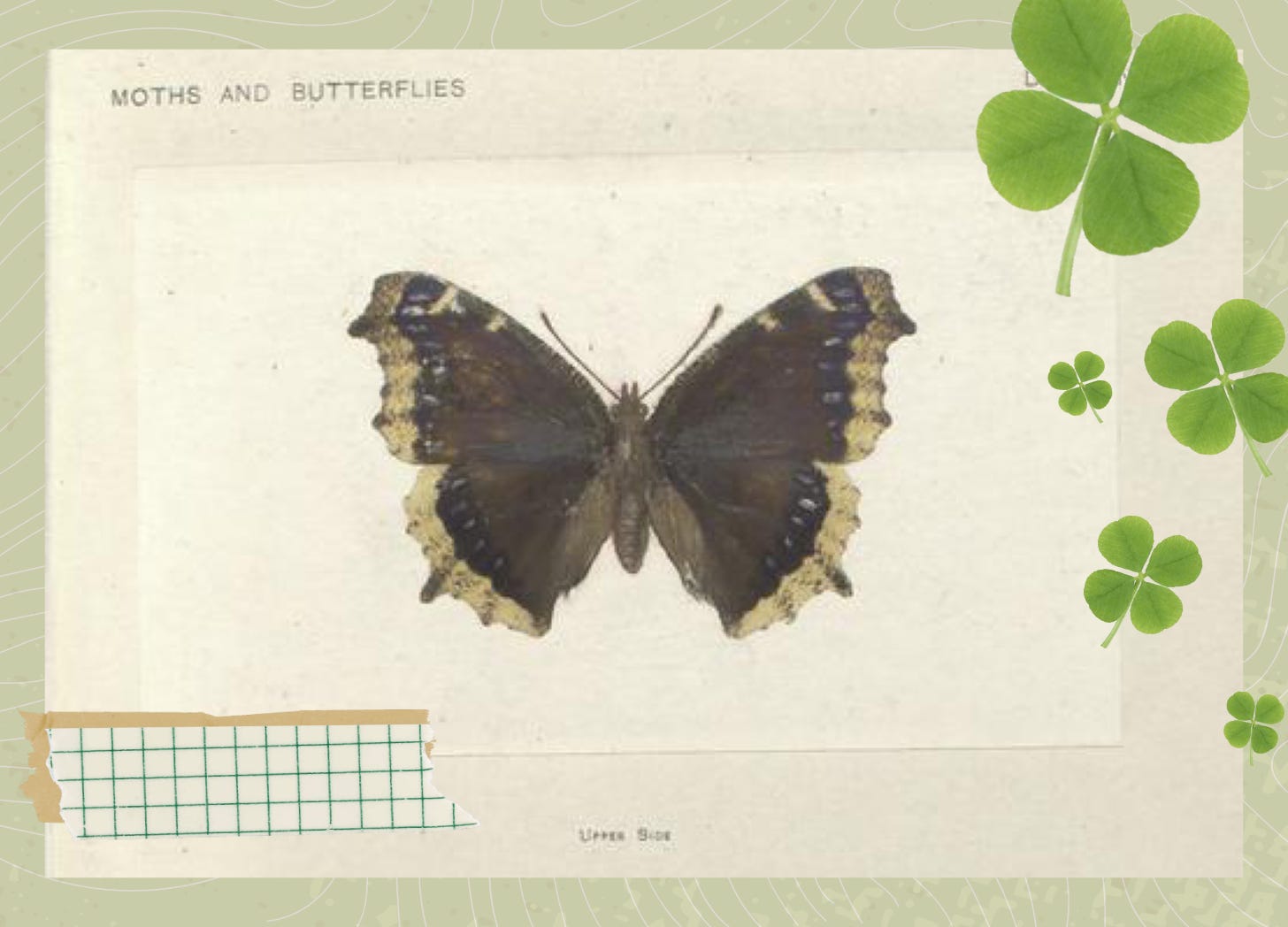March 2025: Nature's New Year
The frogs have defrosted. It's go time.
In this month’s issue:
Pause your crash out to make a new friend this month (spoiler: it’s a tree)
Is this a butterfly? YES! They’re returning this month!
Three ways you can support national parks and public lands right now
Plus a few other nature notes.
When we last spoke, I had high hopes and overly inflated plans for the year ahead, full of writing and outdoor advocacy. The reality has been a brutal start to 2025: multiple snowstorms, the death of my beloved feline friend, and an overwhelming number of human responsibilities. Oh, and did I mention the weight of a new political administration that has implemented incredibly disruptive and destructive changes, including some to the outdoor spaces my newsletter encourages you to seek out?
It’s almost like the current state of *all this* hasn’t been conducive to creating.
In January, I burrowed into a little den of cozy blankets. At first, I felt guilty about my apathy toward writing, but when I reviewed my languishing drafts, I was struck by a note I had left for myself back in December:
None of that ‘winter arc’ bullshit. We’re here for rest and little pockets of joy.
Before TikTok was banned and resurrected, I saw a flood of videos promoting the “winter arc,” the idea that if I ignored the very human urge to sleep through winter’s darkest days and instead pushed myself to peak productivity starting on Jan. 1, I’d emerge in the spring with a hot not-mom body and a career that would afford me all the luxuries in the world.
Clearly, I did not do that. Instead, I took breaks where I could.
While I was resting (and not writing) this winter, I bundled up my children and ventured outside for a snowstorm hike. This was technically not resting because it involved dragging a sled containing a hefty 35-pound preschooler through a shower of ice pellets (mush!). But during one of the many stops to catch my breath, I glanced up at the sky and was rewarded with the sight of my first bald eagle of the year. I stood there, watching its carob-colored wings soar over the treetops, gliding toward the nearby river. It was glorious. I felt a surge of calm, realizing how lucky I was to catch that quiet moment; a little reminder that I exist in something larger than all the bad news alerts on my tiny black screen. Frankly, eagles do not give a flying f—
ANYWAY, nature kept me afloat through a dark and bleak winter. Now that spring has arrived, I’m ready to gently reenter the world, like a tiny fern frond unfurling as snow melts away. The time to bask in the warming sun has arrived.
Getting to Know a New Best Bud: How to Become a Tree-Watcher This Spring
We chatted a lot about watching birds in 2024. Birds in the sky, birds in the water, birds in the trees, you get it. Birdwatching is widely accessible because there are birds nearly everywhere, however this month I wanted to share a different way to nature watch that’s just as easy to do from your backyard or window: tree-watching. I felt particularly inspired after browsing through Nancy Ross Hugo’s Seeing Trees, a beautifully photographed entreaty to notice the minutiae of trees as they transform throughout the seasons.
Tree-watching is exactly what it sounds like: observing trees year-round, watching as they awaken from winter to bud and bloom in the spring, as their canopies seemingly explode overnight with new foliage, and then drop months later. (Not all trees follow this process, but you get the idea.)
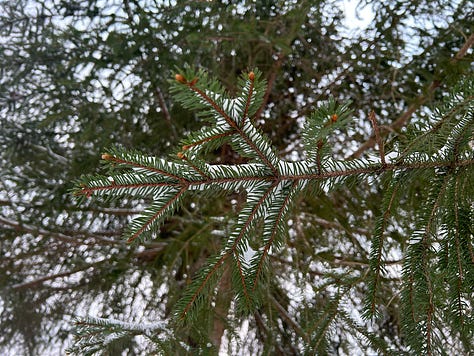
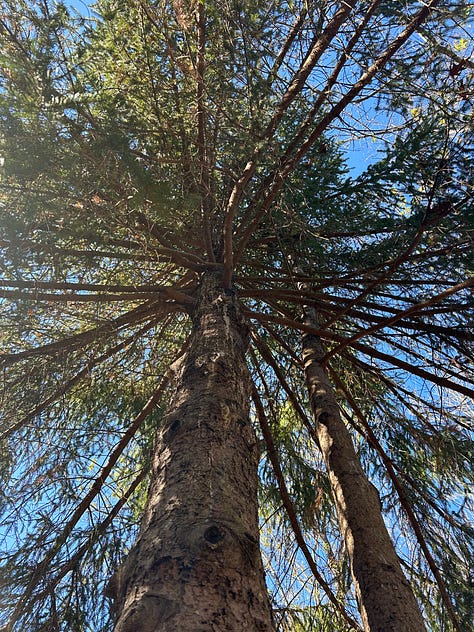
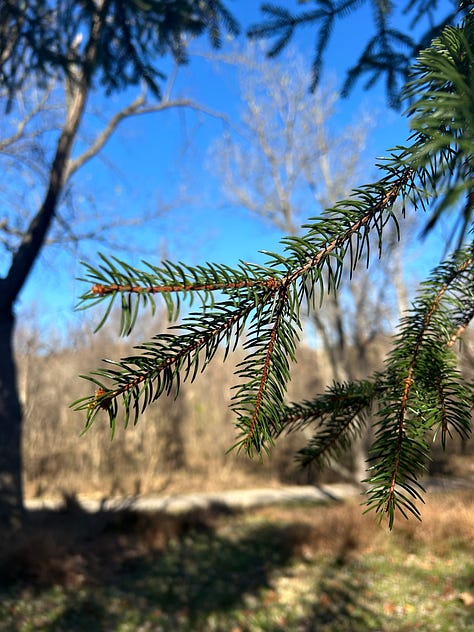
Humans tend to view trees as a resource — after all, they provide us with oxygen, shade, fruit, nuts, and lumber. However, Hugo points out that a little perspective shift can change our relationship with tall timbers:
“The biggest reward of intimate tree-watching is learning to appreciate the vitality of trees. Because trees are big and essentially stationary, there is a tendency to view them almost like monuments — impressive but inanimate. We value trees for their slow inexorable growth, seeing them as symbols of fortitude and patience, but with slow incremental growth being almost impossible to observe, the living essence of trees is a bit hard to appreciate.”
When we view trees as their own living beings that exist alongside us, it’s possible to unlock a different level of enjoyment when we interact with them. They’re growing and moving through their life phases not for us, but because that’s what they’ve evolved to do. When we slow down to their pace for a moment, we might just get to witness all those tiny, miraculous changes.
How to Connect With the Trees Around You
Like most nature-related activities, tree-watching is exactly what you make of it. It’s OK to just peek out at the same tree every day to watch its progress, but you can take this practice a little further:
ID your tree. Most people pass by a countless trees daily, so taking the time to pause and learn your selected tree can help you discover a little more about it. Check out the Arbor Day Foundation’s tree identification tool to get started.
Commit to revisiting a tree several times this year. Perhaps you’ve found an amazing tree in your neighborhood park or while out on a hike. Drop a GPS pin in your phone and come back each season to see how it grows.
Make it an artistic collaboration. Photographing, sketching, or journaling about your nature findings can help you record the changes you see throughout the year. Plus, you’ve got to do something with all those blank notebooks you’ve been saving for the perfect time (IYKYK).
Add an extra set of eyes. Binoculars aren’t just for birdwatching. Use them to glimpse the highest branches of your tree and spot baby buds. My new favorite tool is a pocket microscope, which lets you look at leaves, bark, and other tree features up close.
Build your tree crew. You’re not the only one who visits your tree. Birds and critters of all kinds rely on trees for food and shelter, so pay attention to who else is interacting. You may just develop a fondness for nature’s other guests.
If anything encourages you to commune with a forest of trees, know that the act of hanging out around foliage is scientifically proven to be good for humans. Research shows time spent with trees helps our brains function better, calms stress, and fights depression and anxiety. This month, I hope you’ll head outdoors to explore, or even sit window-side with a warm cup of tea to watch your new tree best friend sway during a spring storm.
Plant a few seeds. As Mariah Carey would say: “It’s timeeeeee!” Experienced gardeners have likely gotten the jump, starting tomato and pepper seeds in January and February, but you still have plenty of time. If growing your own plants from seed sounds intimidating, it doesn’t have to be. Check out this guide and get started.
Listen for that lovely springtime serenade. Back in December, I explained how frogs produce their own natural antifreeze to survive their time as froggy ice pops. These little croakers have now happily defrosted, and you’ll likely begin hearing spring peepers and wood frogs this month. Sitting out with a warm drink after dark, listening to their little chirps, is one of the best ways to usher in spring.
Find a four-leaf clover. Not feeling so lucky? Only 1 in 10,000 trefoils has four leaflets, so finding one with this genetic anomaly is no easy task. Use this trick when playing nature’s version of Where’s Waldo?: while standing, scan a clover patch for white squares. The white outlines on three-petaled plants create a triangle, but a fourth petal morphs the design into a square that’s more easily spottable.
Put away your sunlamps, spring is officially here. The vernal equinox, 2025 edition, drops Thursday, March 20, in the Northern Hemisphere. And with daylight saving time ending Sunday, March 9, you’ll likely notice a huge upswing in daylight hours. We did it, Joe. We made it through winter.
Do you think butterflies have Diana Ross on repeat this spring? March is still chilly, but that’s not stopping the earliest butterflies from emerging. Cabbage white butterflies (Pieris rapae) — a notorious invasive species known for destroying cabbage, broccoli, kale and other crops — awaken this month. Meanwhile, mourning cloak butterflies (Nymphalis antiopa) leave their cozy tree bark hibernation spots to eat and mate. These overwintering adult butterflies can amazingly live up to a year.
The snakes are back in town. Actually, they never left, but some of us prefer to mentally split the year into two seasons: snake time and no-snake time. Big boys such as copperheads and black rat snakes, along with lil buddies like garter snakes and DeKay’s brown snakes are all slipping out of their winter sleep spots with a new mission: find a companion and make more snakes. Cool.
How Should We Respond to Firings of Public Land Stewards?
After finishing my undergrad degree in 2012, I embarked on a weeklong backpacking trip through the Smoky Mountains. It was my first national park visit, and I went hard trying to squeeze in every trail, program, and experience I could. I was entirely enamored. One of the people who made that trip so fantastic was a near-retirement park ranger I kept running into — at the ranger station, on a guided bird hike, and again at an evening history program. I learned from Ranger Carey just how difficult it is to even become a ranger; it’s not uncommon for public land workers to spend up to 10 years as seasonal employees, holding out for a full-time job while doing the mission-critical work that protects our public lands and provides opportunities for us to enjoy them.

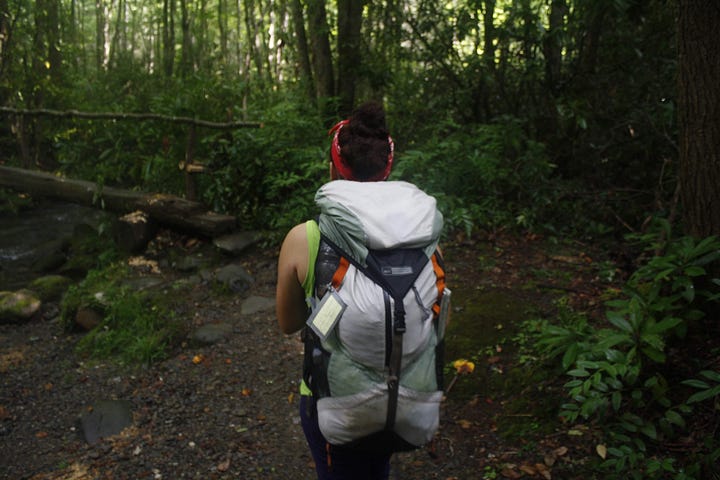
With a few more parks under my belt in the decade since, I’ve found Ranger Carey’s experience to ring true. I’ve met interpreters and land stewards who are practically nomadic, moving from park to park as staffing needs arise, meanwhile hoping one of those jobs will become permanent; young scientists entering a low-paying and demanding field with pride because their parents were also public servants; even married couples who spend much of the year apart at different national parks because they believe the work is worth the personal sacrifice.
Without adequate funding from Congress, our national parks and outdoor spaces are often staffed with skeleton crews that barely keep them afloat despite a swelling number of visitors since the COVID-19 pandemic began. These government employees are frequently overworked, underpaid, and battered by an increasingly combative public — and now arrives a wave of firings. Rangers aren’t the only ones affected. So are the forestry crews, ecologists, biologists, historians, interpreters, and other crucial roles that protect and advocate for these delicate ecosystems and historic sites.
Right now, sweeping changes within the federal government (and not just those related to public lands) are mentally overwhelming, by design. Grammy-winning rapper Doechii says it best: “I can’t even f*cking cap no more, this is a really dark time.” So this month I want to leave you with three things you can do to speak up for these spaces, the people who care for them, and our ability to access them:
Stay informed and get loud. Being slammed with a million unhinged news notifications every day is not sustainable. You have to check out so you don’t crash out. But when you are back on the scroll, add resistance groups like Alt National Parks to your feed to stay updated. Share fact-checked news with your friends. Allow yourself to feel mad. My new favorite trend I’ve seen online: stop calling your ex when you’re tipsy — call your representative’s office instead. (For real though, please also do this sober!)
Volunteer. Reach out to local land stewards to ask how you can help, because these spaces may need extra hands now more than ever. I know, your schedule is slammed, you have school carpool line and a 9-5. Do your part in other ways: pick up trash whenever you hike; alert rangers to addressable concerns like eroded trails, vandalism, and downed trees; or donate to advocacy groups like the National Parks Conservation Association.
Reduce your impact. This one isn’t my favorite as someone planning an anniversary return trip to Rocky Mountain National Park this summer, but I have to say it: reconsider how and when you’re visiting public lands. With slimmed-down staff, many parks will be forced to cut back on programming, services, and upkeep despite growing demand during peak season. If you choose to go, be prepared for a potentially more chaotic experience: large crowds with less traffic control, fewer visitor center hours, trails with less maintenance, and unkept restrooms. An alternative: spread out your usage to less popular parks, where you may find fewer crowds and something new to fall in love with.
That’s it for this month’s edition of Outdoor Humans. Keep your wits about you, and go the heck outside.
Nicole Garner Meeker
Have a nature question?
Your inquiry may be published and answered in a future
issue of Outdoor Humans. Have you subscribed? Clickety click, my friend.
Or, share with a friend who needs to go outside and touch grass.Art notes: This month’s feature art includes images from Moths and Butterflies of the United States East of the Rocky Mountains (1900) with additional elements courtesy of Freepik.




